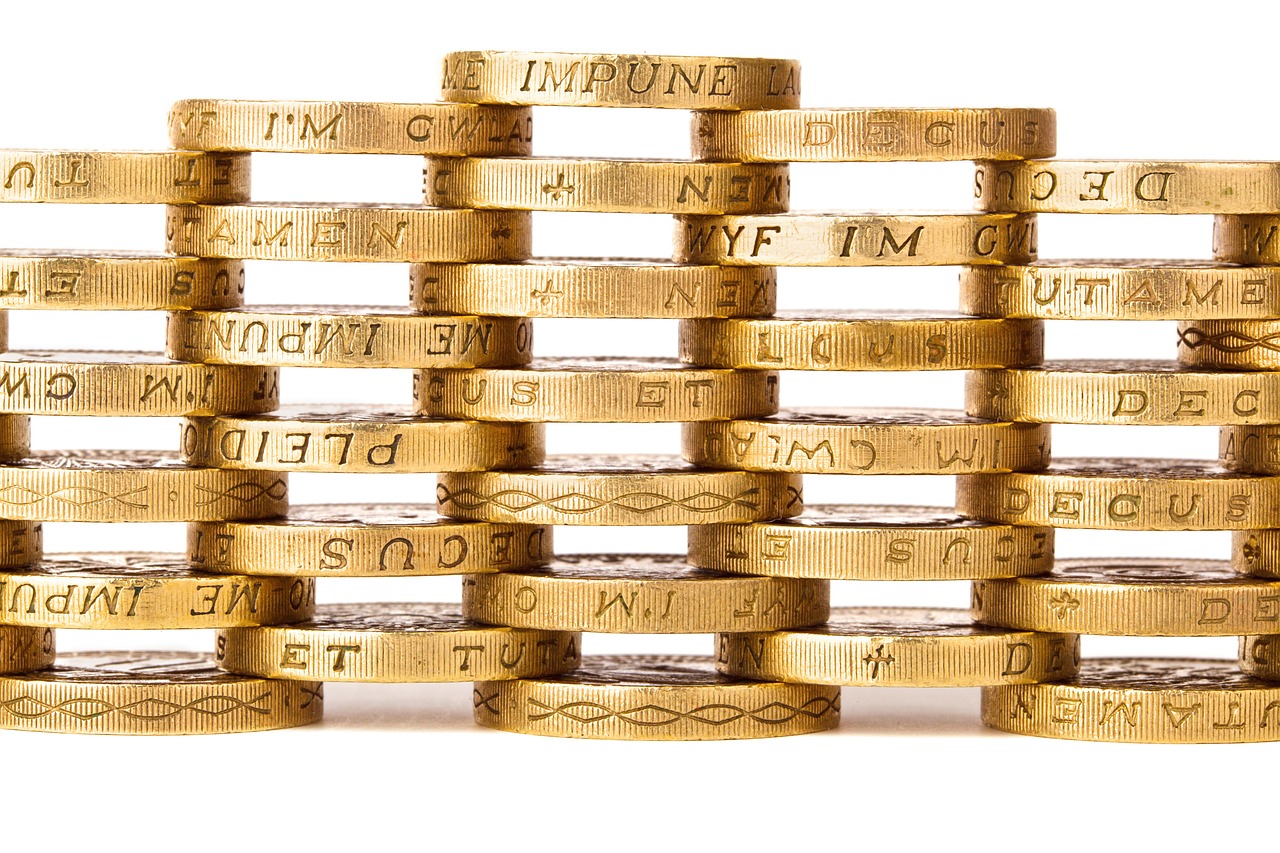Missing the Best Weeks: A Mistake Investors Should Fear
by Michael Batnick, CFA, via CFA Institute
In early February 2016, the S&P 500 fell as much as 15.2% from its all-time high of 2134.72, reached in August 2015. The pessimism was tangible. Fear permeated the investing landscape. And once again, despite “feeling different” this time, stocks quickly erased most of their losses in just a few short weeks. It took no time at all for the fear of further declines to morph into the fear of missing out.
I am going to make the case that investors are actually rational when they fear missing out. In fact, they should absolutely be afraid to miss the best gains.
In the 2,400-plus weeks since 1970, missing the best weeks would have had a devastating impact on returns (I am using only the price of the S&P 500). Missing just the best one week took a 13% bite out of the total return from this 46-year period. Missing the best five weeks out of 2,411 (0.2% of all weeks) took the returns from 2151% down to 1223% — a 43% decline!
Missing the Best Weeks

If you missed the 10 best weeks — just 0.41% of the total number of weeks — you might just as well have invested in risk-free Treasury bills.
Missing the Best Weeks of the S&P 500: A Comparison (1970–February 2016)

While it’s virtually impossible to miss all of the best weeks, it is entirely possible to miss a lot of them. I am simply showing the extremes in order to make the point that sitting out strong weeks severely damages long-term returns. And while even the worst investor couldn’t miss all of the best weeks, it is likely that below-average investors do, in fact, miss a lot of strong weeks.
Here’s why: The best weeks tend to occur in lousy markets, after the undisciplined investor has already bailed, opting for short-term relief in lieu of long-term gains.
Below are the 20 best weeks since 1970, represented by the blue diamonds:
The S&P 500’s 20 Best Weeks

The majority of the best weeks occur underneath the 40-week moving average (80% and 60% of the best 10 and 20 weeks). This line, which is roughly equivalent to the 200-day moving average, smooths out market gyrations to give a clear picture of what type of market environment you are in. Take the best week, for example, which occurred in October 1974. This happened during one of the worst bear markets our stock market has ever seen, as the collapsing yellow line clearly demonstrates.
Investors should fear missing out on the best gains more than suffering the worst losses. If you never attempt to avoid the worst weeks, you’ll never have to worry about missing the best weeks.
At the 69th CFA Institute Annual Conference, Michael Batnick, CFA, discussed social media’s influence on the financial services sector and what professionals need to do to adapt.
















